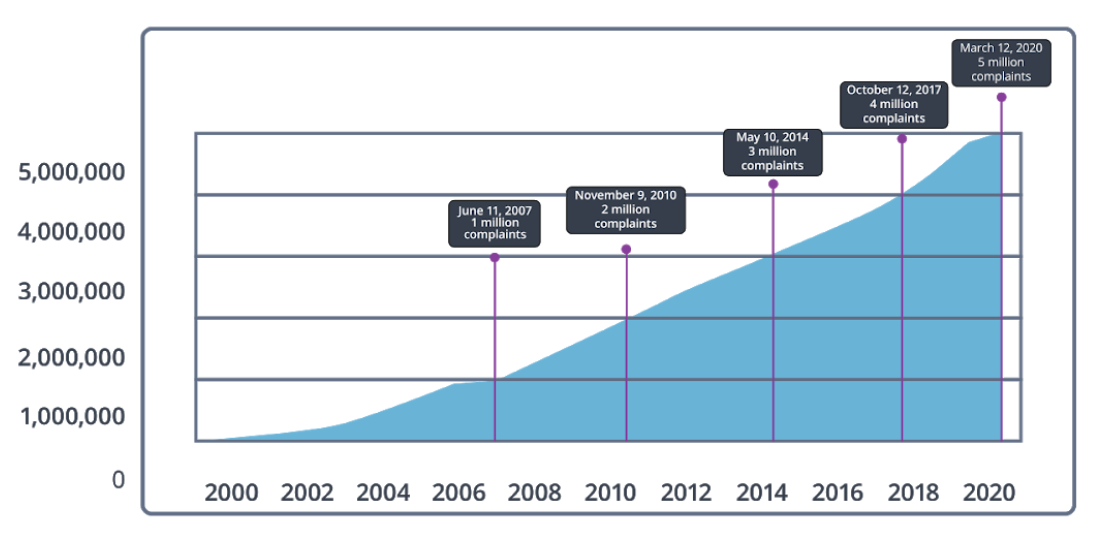05. Security Trends
Security Trends
ND545 C1 L1 05 Security Trends Video

Security Trends
Cybersecurity incidents and data breaches are now a part of our lives. Security is integrated into what we do, how we act, and even where we go, both online and offline.
In this section, we talked about the following security trends:
- Phishing, Ransomware & Business Email Compromise
- Social Engineering & Scams
- Smart devices, IoT & Cloud Services
- More opportunities for cybersecurity professionals
New terms
- Phishing: A technique for attempting to acquire sensitive data, such as bank account numbers, through a fraudulent solicitation in email or on a web site, in which the perpetrator masquerades as a legitimate business or reputable person.
- Malware: Software or firmware intended to perform an unauthorized process that will have an adverse impact on the confidentiality, integrity, or availability of an information system. A virus, worm, Trojan horse, or other code-based entity that infects a host. Spyware and some forms of adware are also examples of malicious code.
- Ransomware: A type of malicious software designed to block access to a computer system until a sum of money is paid.
- Business Email Compromise: An exploit in which an attacker obtains access to a business email account and imitates the owner's identity, in order to defraud the company and its employees, customers or partners.
- Internet of Things: The interconnection via the Internet of computing devices embedded in everyday objects, enabling them to send and receive data.
Definitions from the NIST CSRC Glossary: https://csrc.nist.gov/glossary
Further research
- StaySafeOnline - https://staysafeonline.org/
- FBI News Stories - https://www.fbi.gov/news/stories
- Verizon Data Breach Report - https://enterprise.verizon.com/resources/reports/dbir/
- Information is Beautiful, World's Largest Data Breaches - https://www.informationisbeautiful.net/visualizations/worlds-biggest-data-breaches-hacks/